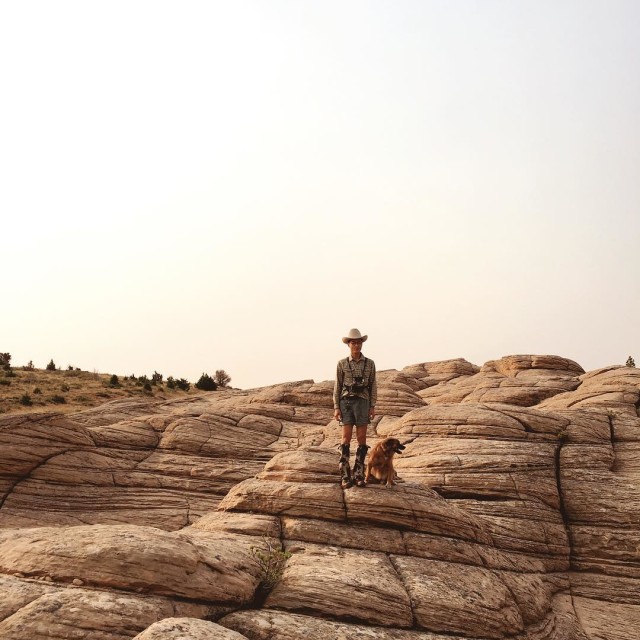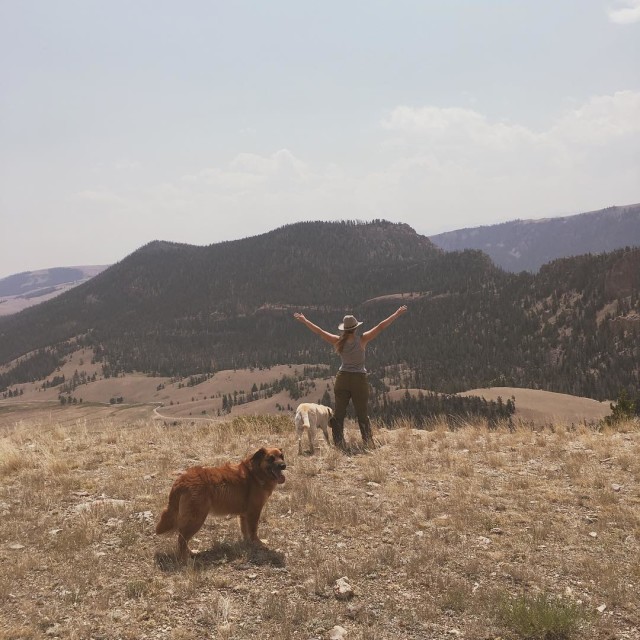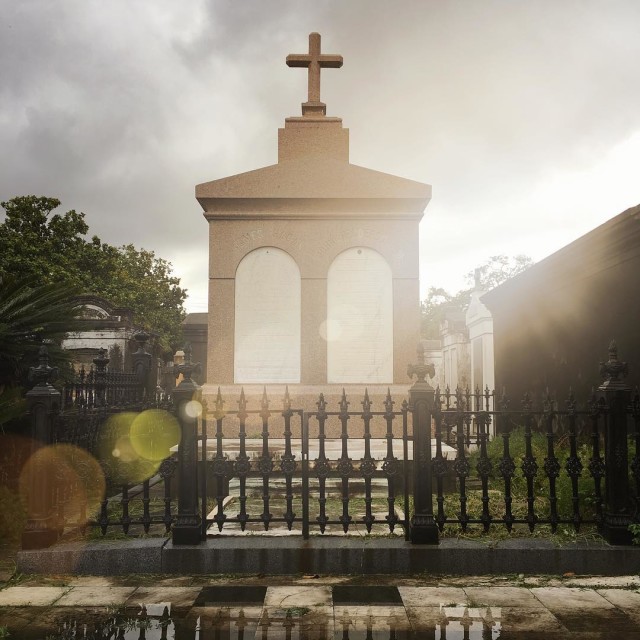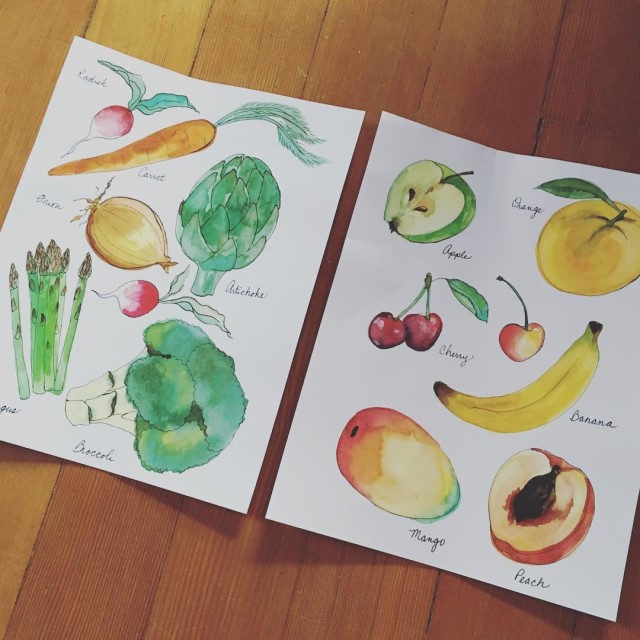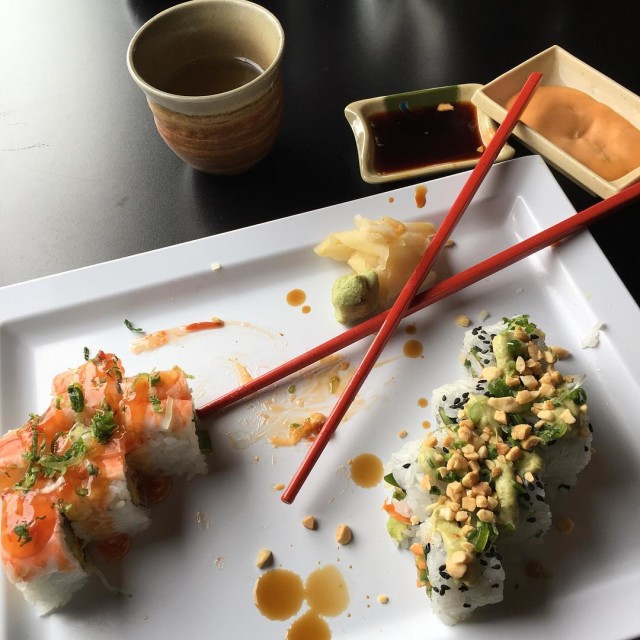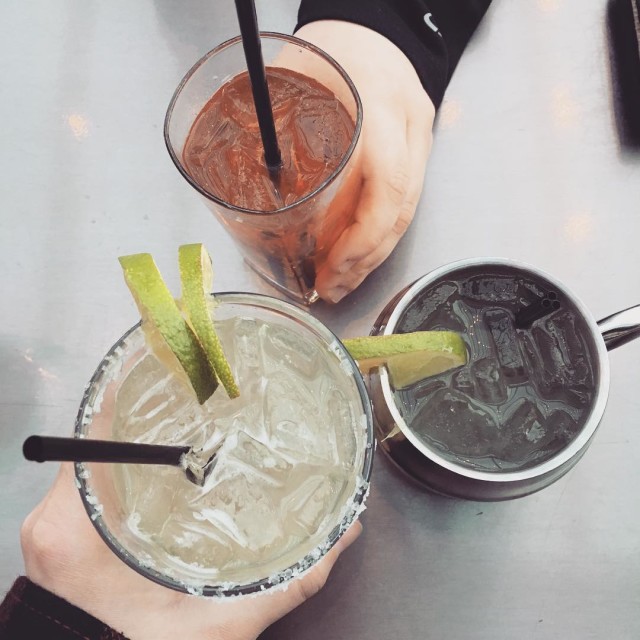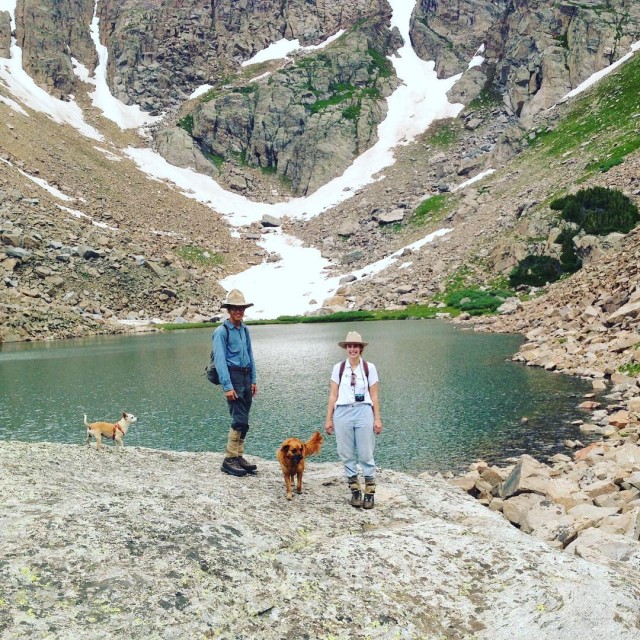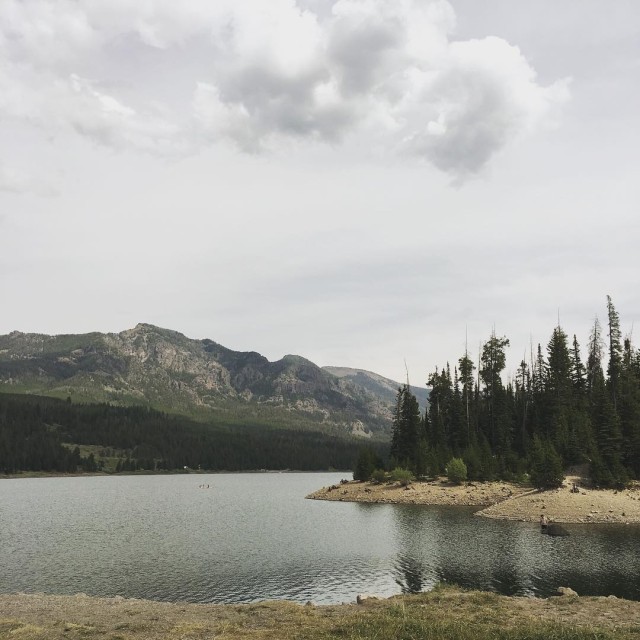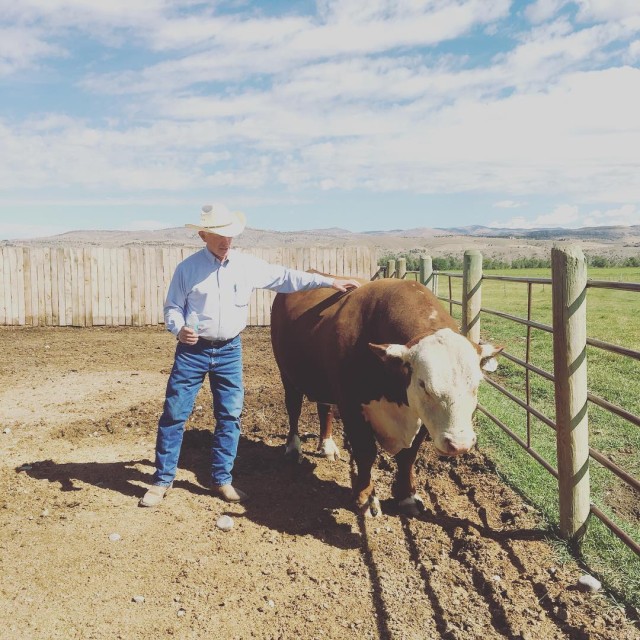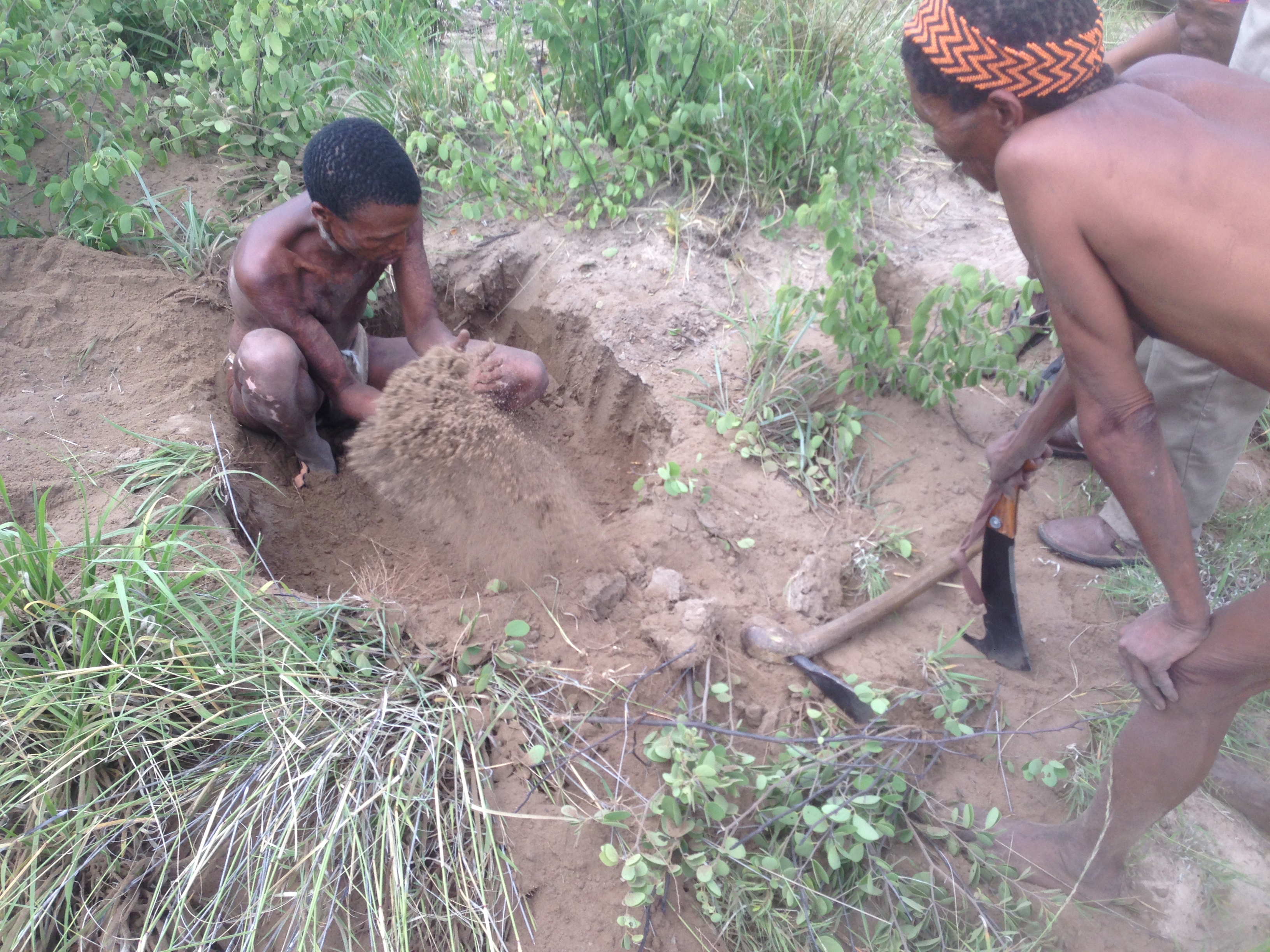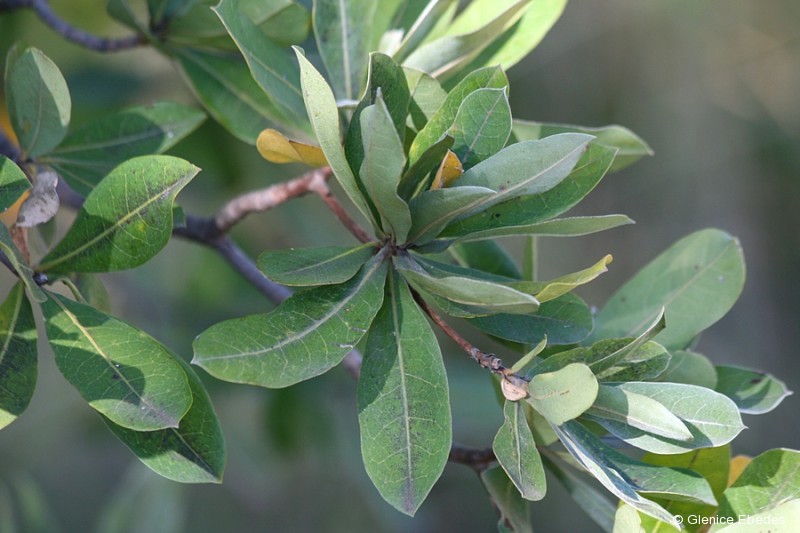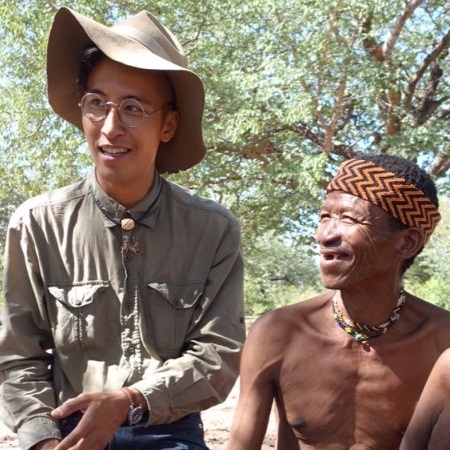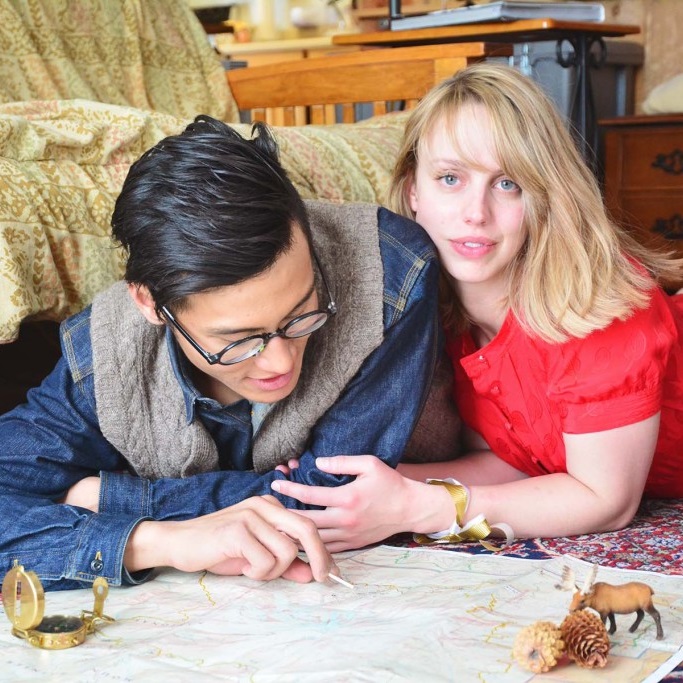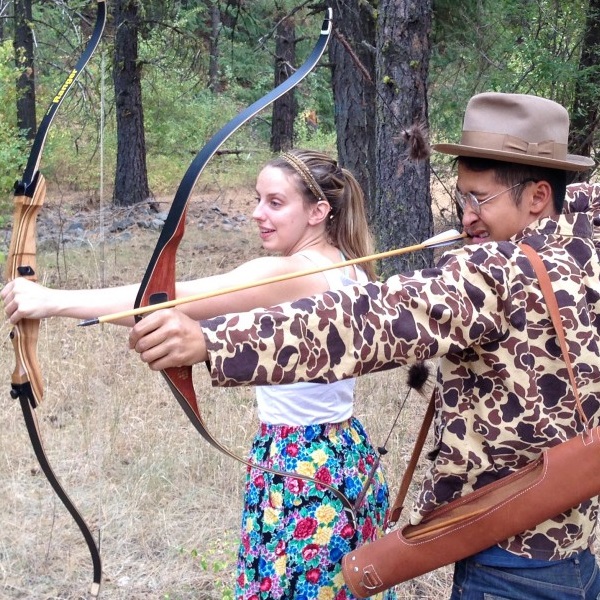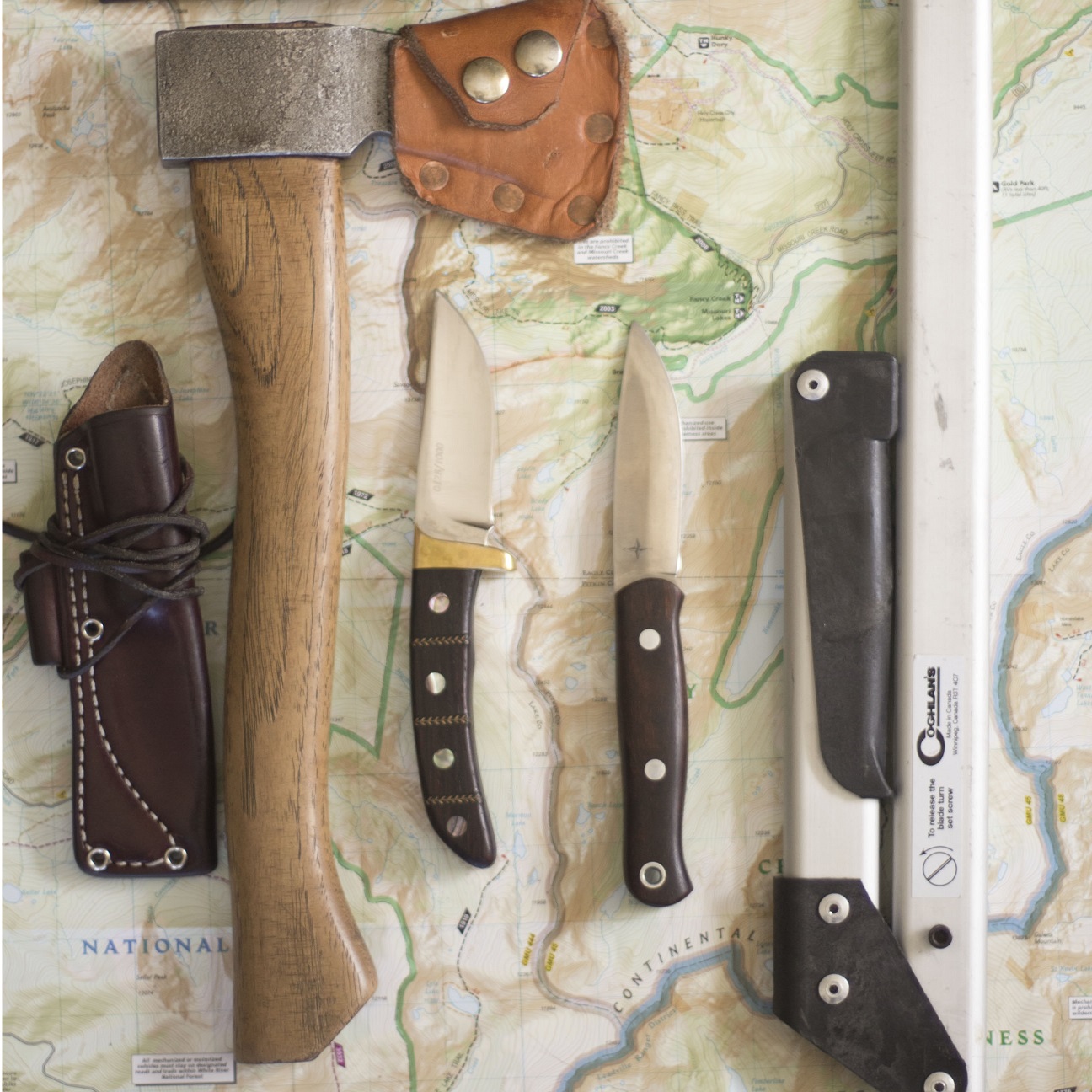I don’t want too write much on the bushmen fire techniques, as my video covers this well tread topic well. I want to share a story that illustrates the importance of fire to the Bushmen hunters.
An anecdote that !Tuka the wise old hunter told me was that when he and another hunter were young, hunting in the days before they carried matches or lighters they were tracking a Kudu they had stuck with a poison arrow. It was the rainy season and the normally baked crisp Kalahari, was full of bush water, and was as lush green as it ever could be. As strong young hunters they tracked after the wounded animal till dark finding themselves in their enthusiasm far away from their camp or the village.
They only possessed “dah” or a set of hand drill fire sticks. With all of their determination and skill they couldn’t get a coal to last in such wet conditions as the damp had gotten to their sticks and their grass tinder.
The mosquitoes were especially ferocious then and he and his friend were swarmed as they camped out with no fire. They rolled and swatted but the assault was unrelenting through the night.
“We did the only thing we could, we got into the watering hole and tried to sleep!”
!Tuka smiled a bit, and the other hunters laughed together.
“But every time we fell asleep we would go under the water.”




